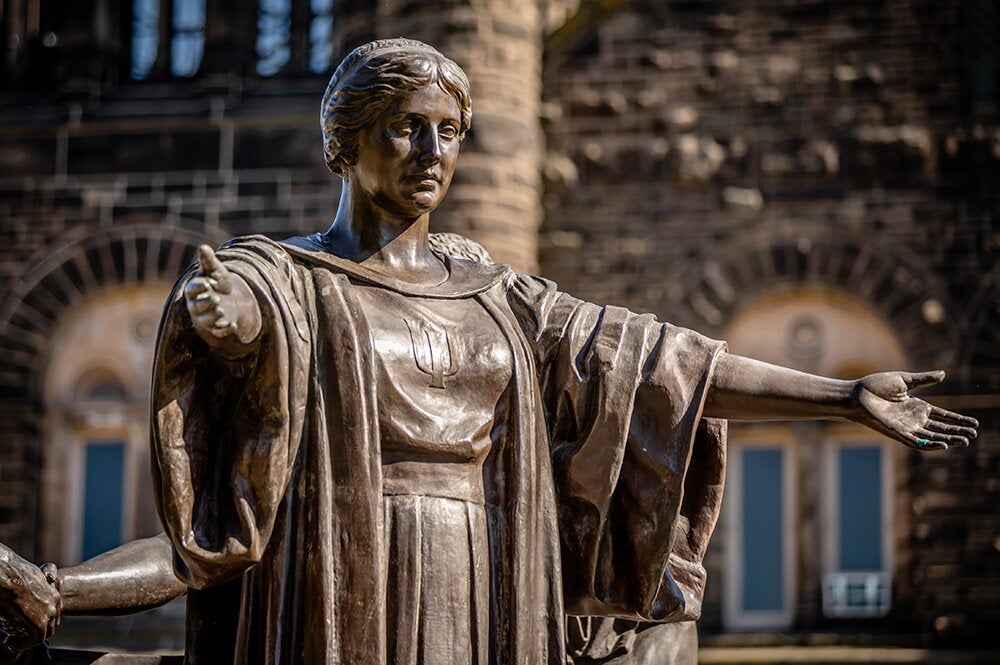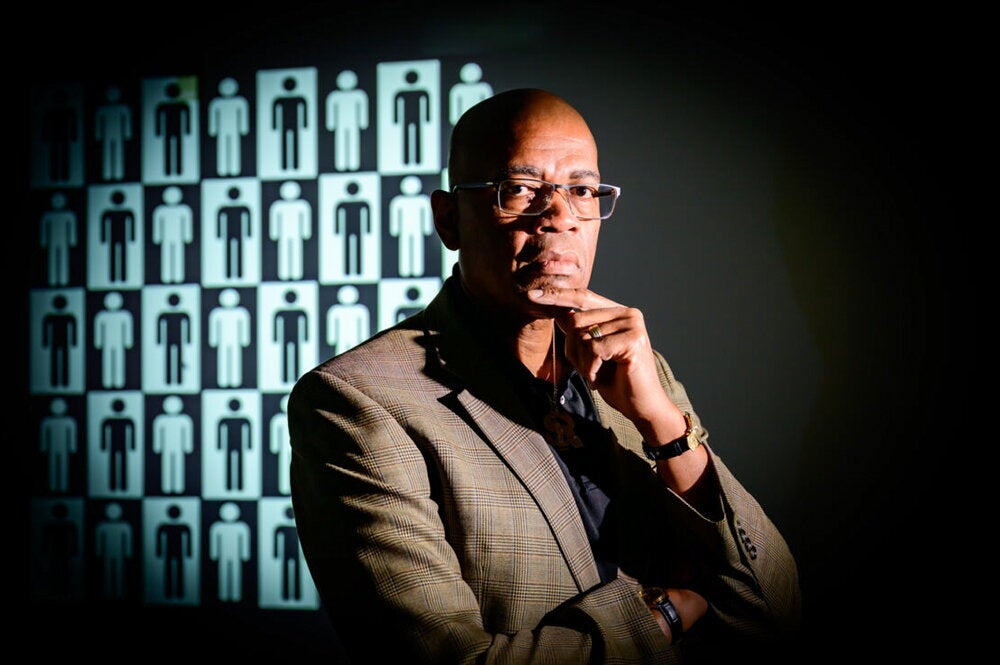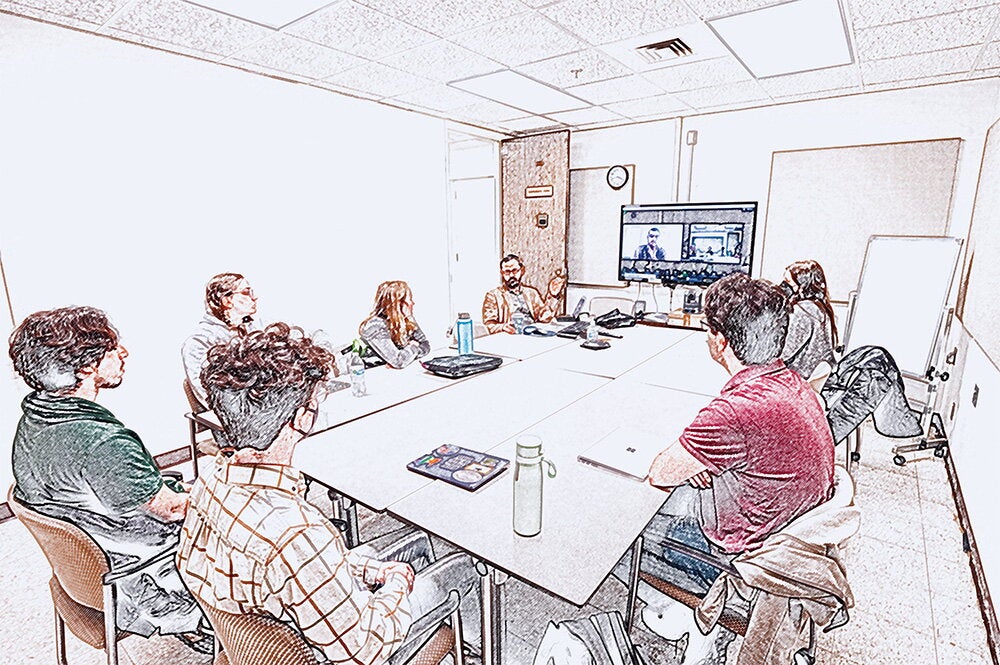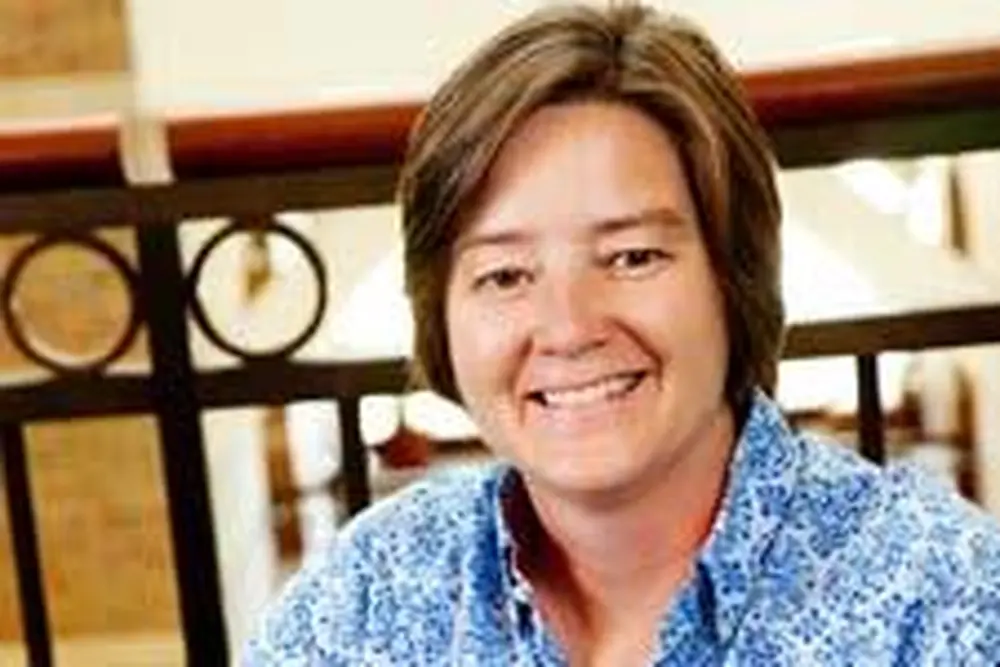
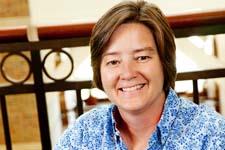
According to one estimate, half of Americans are confronting a civil legal problem at any one time.
Without access to the right information or advice, or an advocate in civil court, they may lose a home, a job, maybe custody of a child, says Rebecca Sandefur. They may lose out in a divorce, or in a billing or insurance dispute.
For those with limited means, however, getting those services depends not on their need but where they live, says Sandefur, a University of Illinois sociology professor and lead author of a first–of–its–kind report published by the American Bar Foundation.
“There‘s this tremendous arbitrariness with respect to geography” in the availability of these services, often underfunded even under the best circumstances, Sandefur says.
Those living in wealthy states or in urban areas generally benefit over those in poorer states or in rural areas, Sandefur says.
Also, the level and type of services in a given community often depend on the initiative of local providers to establish programs and seek out grants and donations—with no coordination of services nationwide or within states, and often even within communities, she says.
The report, titled “Access Across America,” is the first from the foundation’s Civil Justice Infrastructure Mapping Project, and claims to be the “first–ever state–by–state portrait of the services available to assist the U.S. public in accessing civil justice.”
Sandefur directs the project and wrote the report, along with co–author Aaron Smyth, a doctoral student at the University of California at Berkeley. The report was funded primarily by the foundation, with additional support from the Friends of Legal Services and the Legal Services Corp.
“The U.S. is an interesting country in that we have our big public legal system that we all pay for, yet it’s almost impossible for an ordinary person to use it without buying services from a private individual,” Sandefur says. And that’s almost always a choice between “lawyers or nothing.”
In criminal court, defendants have a right to a lawyer, she says. “On the civil side, we have no guarantee.”
An estimated $228 billion was spent in 2007 by federal, state, and local governments for police protection, corrections, and judicial and legal services, most of that related to criminal justice, according to Sandefur, citing figures from the Bureau of Justice Statistics.
By comparison, the amount of money spent on free civil legal assistance is small, an estimated $1.3 billion in 2009, according to a source cited in the report.
Most of those funds support small–scale public–private partnerships directed at serving specific groups: the low–income population, the elderly, American Indians, veterans, homeless people, people with disabilities, and people with HIV/AIDS. And many in those partnerships have been “enormously creative” in working with limited resources, according to the report.
Those limited resources, however, make it all the more important for states and communities to coordinate in assessing needs and targeting priorities, Sandefur says. “There’s no apparatus for making those kinds of decisions right now” and “no way of knowing” how the money is being spent overall, she says.
In their state–by–state assessment, the researchers looked at the use of 11 different mechanisms for delivering civil legal assistance. The mechanisms varied from civil legal aid offices and civil pro bono programs, to computer kiosks and self–help centers in courthouses, to the posting of basic court information and forms on the Internet.
In doing so, they found “an enormous amount of variation” among the states, Sandefur says, identifying 39 unique combinations of the 11 delivery mechanisms.
In some cases, poorer states were the ones making greater use of innovations on the Internet, because they were cheap—even if “uniquely unsuited” to their populations, with lower rates of English literacy and computer access.
Sandefur says that her interest in this issue arose from focus–group research that made her aware of the extent of civil justice problems and how easily many of those problems can “completely derail” an individual or family.
Judges have long been interested in the issue, she says, out of concerns about access to the legal system, along with the problems and inefficiencies that come with having unrepresented litigants in court.
“Judges and courts want to be perceived as fair, functioning entities that serve the public,” Sandefur says, and many judges feel that if citizens can’t get access or aren’t treated appropriately, it “undermines the legitimacy of the whole legal system.”
Solutions don’t have to lie just in spending more money or hiring more lawyers to aid those of limited means, Sandefur says.
“One way to make some of this stuff more accessible would be to loosen the monopoly that the legal profession has on the right to provide legal advice.”
In Great Britain, for instance, an agency called the Citizens Advice Bureau can aid with numerous smaller matters that might require a lawyer in the U.S., she says. The country also has an ombudsman system for dealing with individual citizens’ complaints about regulated industries such as financial services and telecommunications.
People with civil justice problems don’t usually care if they’re resolved by judges or lawyers, or by other means, Sandefur says. They just want them resolved.
